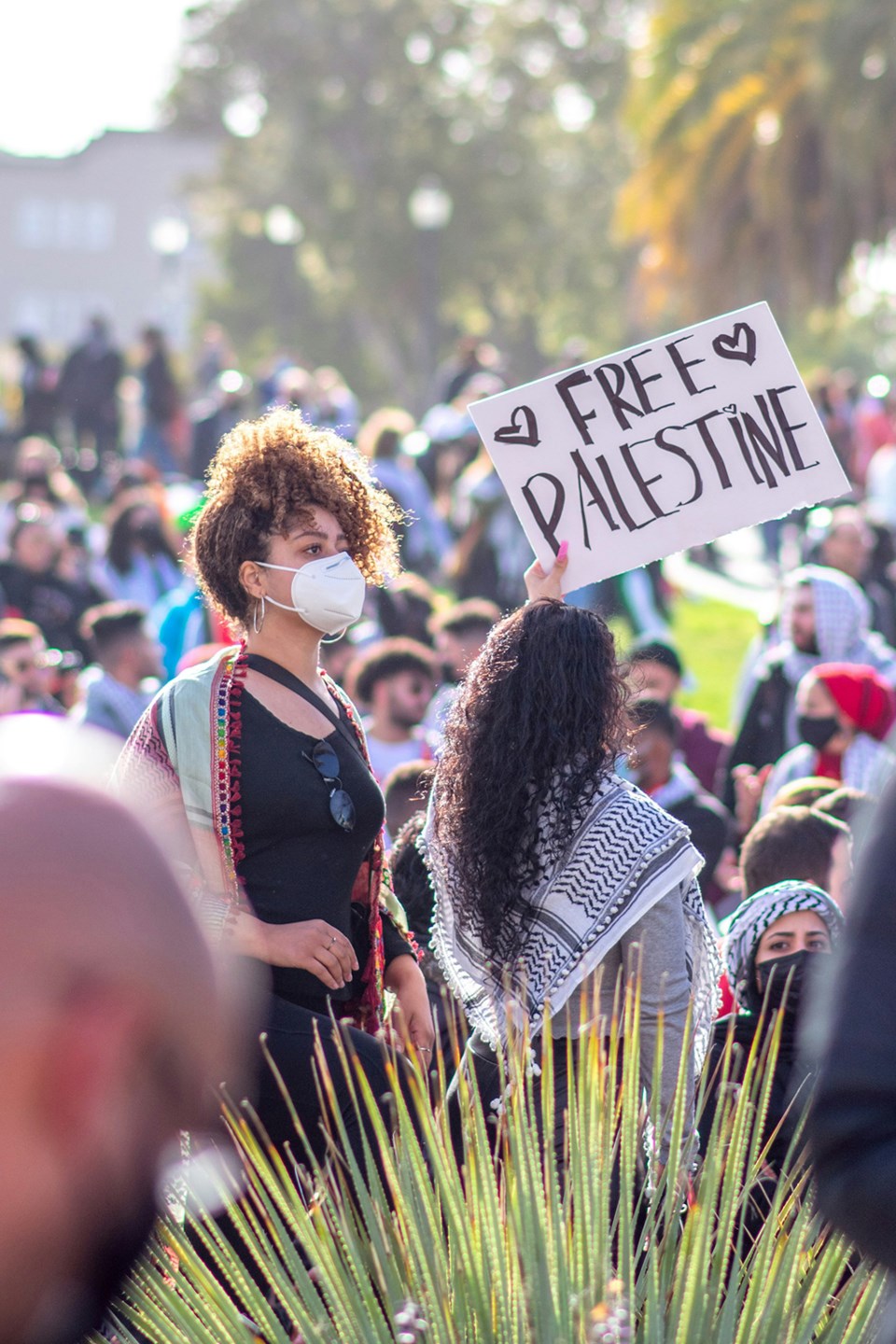The recent have reignited a long debate about the role of law enforcement on university grounds.
For those north of the border — — they may have also reinforced a familiar sense of superiority about our supposedly peaceful nation.
But make no mistake — since at least the 1960s, authorities across Canada have used police to silence peaceful student protests.
Take Simon Fraser University, for example. By 1968, was accustomed to upheaval. But when approximately 200 students occupied the university’s administration building that year — purportedly to demand equitable admissions processes, though some activists hoped to spark a direct confrontation with campus officials — university president Ken Strand called the RCMP.
In the middle of a November night, were handcuffed, arrested and escorted down Burnaby Mountain.
Hugh Johnston, a historian at Simon Fraser, :
“Over 100 unarmed police officers were on the scene; and they achieved surprise by blocking the road to the university while Vice-President [George] Suart cut off both pay phones and regular phones in the occupied building. The students inside did not resist and were taken out the back door one at a time — with a police officer on either arm — and through a 50-man police corridor to a succession of [police vehicles] pulling up one behind the other… A crowd from a dance in the cafeteria had formed behind the library where the [vehicles] were lining up, and linking arms, they began singing ‘We Shall Overcome.’”
Police escalation
This was not the first time police helped suppress non-violent demonstrations in Canada.
The ended when police officers attacked a crowd that had overturned a streetcar. On so-called Bloody Saturday, .
It was a similar scene during the in 1935 that left .
Even after the Canadian Charter of Rights and Freedoms was enshrined in 1982, guaranteeing the rights to peaceful assembly and free expression for all citizens, protesters risk detention or worse. Some examples include and those protesting the .
For generations, however, universities remained separate from the broader community. Drawing on the principle of — in which colleges act as guardians to their students — institutions had their own rules, disciplinary structures and punishments.
Local law enforcement largely had no jurisdiction and no authority on campuses. Their presence historically caused tension, even .
In 1964, for instance, , launched a nationwide movement opposing police interference at the university.
This period of unrest marked a change in the relationship between universities and off-campus authorities after the Second World War.
Charges, prison sentences
Dealing with an influx of anti-authoritarian baby boomers, university administrators lost interest in maintaining their parental responsibilities. Students were to be treated as mature, responsible adults.
After occupying the administrative building in 1968, more than 100 Simon Fraser students faced charges of “” and the possibility of two to 14 years in prison. Ultimately, .
At Montréal’s Sir George Williams University — now Concordia — 97 students were arrested for their role in .
As participant Rodney John recalled: “.” For marginalized students from the Caribbean, such penalties proved catastrophic.
: “The cost to the students — not only the ones arrested — is never mentioned, much less calculated.”
Penalties were similarly severe for the 49 students arrested during protests against the Asia-Pacific Economic Cooperation (APEC) meetings at ; the , who were detained in 2001 after occupying a college about to be closed; and the 2,000-plus students arrested .
No campus protests in Canada have fuelled the type of state violence playing out on as students protest Israel’s bombardment of Gaza or in May 1970, when the Ohio National Guard shot and killed four student anti-Vietnam War protesters at .
Nonetheless, the consequences of police interventions can be severe. Fines, lost employment opportunities, criminal charges and other repercussions can trail students for the rest of their lives.
The of police since 9/11 also dramatically raises the risk of violence and injury, as demonstrated in and in the U.S.
At McGill, for now, there has been no police involvement. .
Distracting from bigger issues
Police crackdowns can spark additional demonstrations, as they did in the Kent State shooting. What’s more, while violating the fundamental human rights and academic freedom of students, they can also distract from the issues at hand: in the case of the ongoing crackdowns in the U.S., that’s the horrific plight of the Palestinian people.
Even if you disagree with their concerns or their tactics, students should not be penalized for thinking critically about world events and trying to bring about positive social change.
This is exactly what they are supposed to do, and why there’s been a push over the past 50 years to .
If we are serious about solving global problems and creating a more equitable world, then university administrators, politicians and other stakeholders must stop using law enforcement to prevent students from asking inconvenient questions. The costs are simply too high.![]()
, Associate Professor, Departments of General Education and Humanities,
This article is republished from under a Creative Commons license. Read the .




